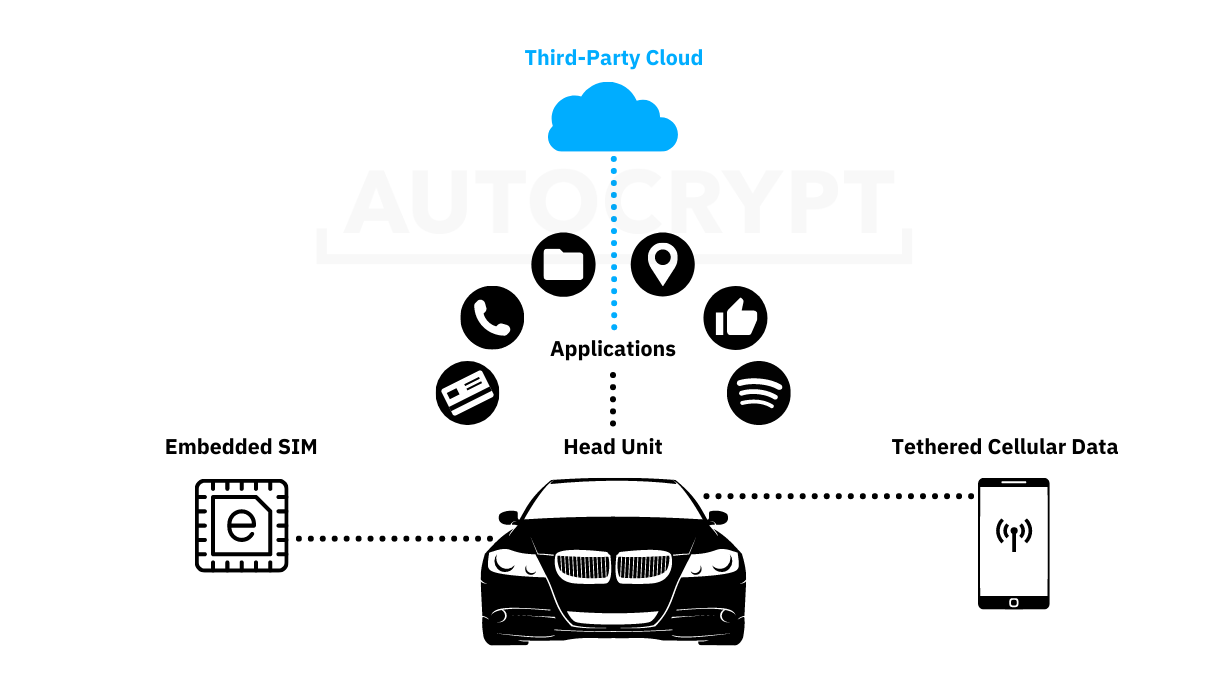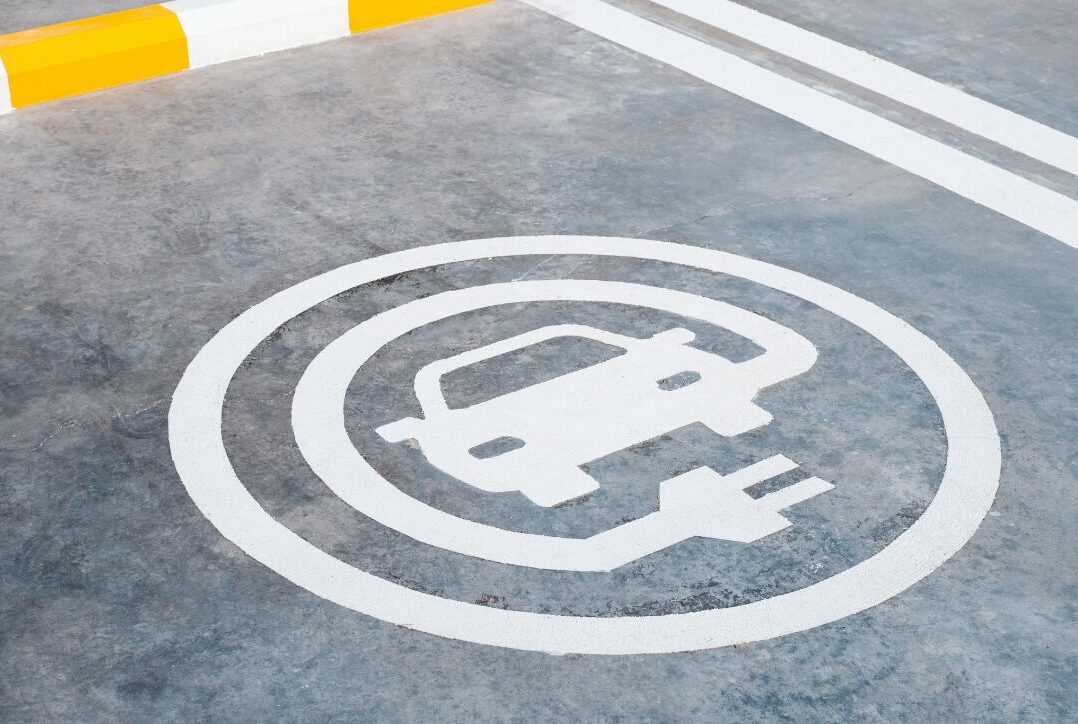As modern vehicles become increasingly connected and software-oriented, the role of the cloud in the vehicular environment continues to grow. For many years, automotive manufacturers and suppliers have been looking for innovative ways to utilize vehicle-to-cloud (V2C) connectivity to enhance the mobility experience and introduce new features to their vehicles. Today, the role of vehicle-to-cloud connectivity is no longer limited to providing peripheral benefits like onboard entertainment but is also relied upon for many crucial operational and security functions. Here are four vehicle features that utilize vehicle-to-cloud connectivity.
1. Vehicle Maintenance and Over-the-Air (OTA) Software Updates
The growing sophistication of modern vehicles has made regular maintenance and software updates more important than ever. Yet, keeping track of when to make the next maintenance and servicing appointment can be quite a hassle for vehicle owners. To streamline the maintenance process, many automotive OEMs now collect and store telematics data from their active vehicle fleets to keep the owners informed of their vehicle conditions. Based on the owner’s consent, collected data usually contain odometer readings, average mileage, and other mechanical information from the in-vehicle system. Vehicle-to-cloud connectivity allows these data to be synchronized in real-time with the OEM cloud, enabling vehicle owners to view their vehicle information and receive notifications on maintenance schedules via their online accounts.
Whereas hardware maintenance can be performed once per year, software updates should ideally be updated as soon as a feature upgrade or security patch is available to avoid exposing the vehicle to software vulnerabilities. Just like how PCs receive automatic updates, many OEMs have started pushing over-the-air (OTA) software updates to their vehicles from the cloud servers. All updates are sent via the Internet as soon as they become available so that users no longer need to take any actions or worry about software-related recalls.
2. Vehicle Security Operations Center (vSOC)
The Vehicle Security Operations Center (vSOC) is another important feature that relies on vehicle-to-cloud connectivity. As vehicles become “computers on wheels”, it has become the OEMs’ responsibility to manage post-production security risks during a vehicle’s lifespan. The vSOC is a centralized cybersecurity management system that allows an OEM to monitor abnormal activities and manage security threats in its connected vehicle fleets and related services in real-time. Like the Security Operations Center (SOC) used in the enterprise environment, the vSOC continuously monitors all in-vehicle systems by tracking and analyzing vehicle log data so that the OEM can detect and respond to any anomalies immediately, preventing any malicious intrusions from causing any damage.
Many OEMs today are adopting vSOCs to comply with vehicular cybersecurity regulations like WP.29. There are multiple approaches to designing a vSOC. The OEM can either choose to integrate the vSOC to their existing enterprise SOC or build an independent vSOC isolated from the corporate network. Some might also choose to outsource both development and monitoring to a third-party provider in the form of vSOC-as-a-Service. Regardless of the design, a vSOC must be connected to the OEM cloud to synchronize real-time data from the vehicles it needs to protect.
To learn more about vSOCs, see AutoCrypt vSOC.
3. Third-Party Applications
With internet connectivity (either embedded or tethered), the in-vehicle infotainment system today runs a variety of built-in and third-party applications, just like smartphones. These can range from music and video streaming apps to smart navigation and car payment tools. These applications act as a bridge that connects the vehicle to third-party cloud servers and platforms, utilizing internet connectivity from the eSIM (embedded SIM) or tethered cellular data from Android Auto and Apple CarPlay.

4. Electronic Control Units (ECU) in the Cloud
ECUs are collectively the brain of a vehicle. These are chips with low computing power that are ideal for handling independent and repetitive tasks. The modern-day car has on average 100 ECUs, and each of them is responsible for controlling a specific feature. Hence the more features a vehicle has, the more ECUs need to be built into it. This has led to an emerging problem; as vehicles become increasingly sophisticated, using a great number of ECUs and having each control an independent task might no longer be ideal. Having too many ECUs in a vehicle not only complicates the manufacturing process, but also makes it difficult and costly to diagnose issues in the long run.
One solution to this problem is to centralize a vehicle’s computing power. That is, instead of having over 100 ECUs controlling independent tasks, one or two CPUs can be embedded to take over a high number of tasks simultaneously like PCs. Many OEMs have adopted this approach, with many expecting this centralized E/E architecture to take over conventional architecture by the mid-2020s.
As 5G technology starts to kick in, many experts have proposed an alternative solution that utilizes vehicle-to-cloud connectivity; that is to adopt a cloud-based E/E architecture by moving certain ECUs to the cloud. Despite seeming like an unrealistic approach during the 4G era, debates around this solution have resurfaced in the world of 5G thanks to the incredibly low latency of 5G networks. Although it can still seem radical to move all ECU functions to the cloud, a hybrid approach may be adopted where only ECUs crucial to safety are kept locally while the rest gets relocated to the cloud.
Securing Vehicle-to-Cloud Connectivity
As 5G network infrastructure becomes increasingly mature, more and more car features will be reliant on cloud storage and possibly cloud computing, delivering a wide range of digitalized mobility experiences. However, as much as how the vSOC can be utilized to enhance the security of in-vehicle systems, the data that travels between the vehicle and the OEM cloud must also be protected.
AutoCrypt V2X is a complete V2X (vehicle-to-everything) solution that secures all connections between the host vehicle and other end entities it communicates with, including entities located in the cloud. It safely authenticates all users in the connected vehicular environment and encrypts all data and messages in transmission.
To learn more about AUTOCRYPT’s end-to-end solutions, contact global@autocrypt.io.
To stay informed with the latest news on mobility tech and automotive cybersecurity, subscribe to AUTOCRYPT’s monthly newsletter.



